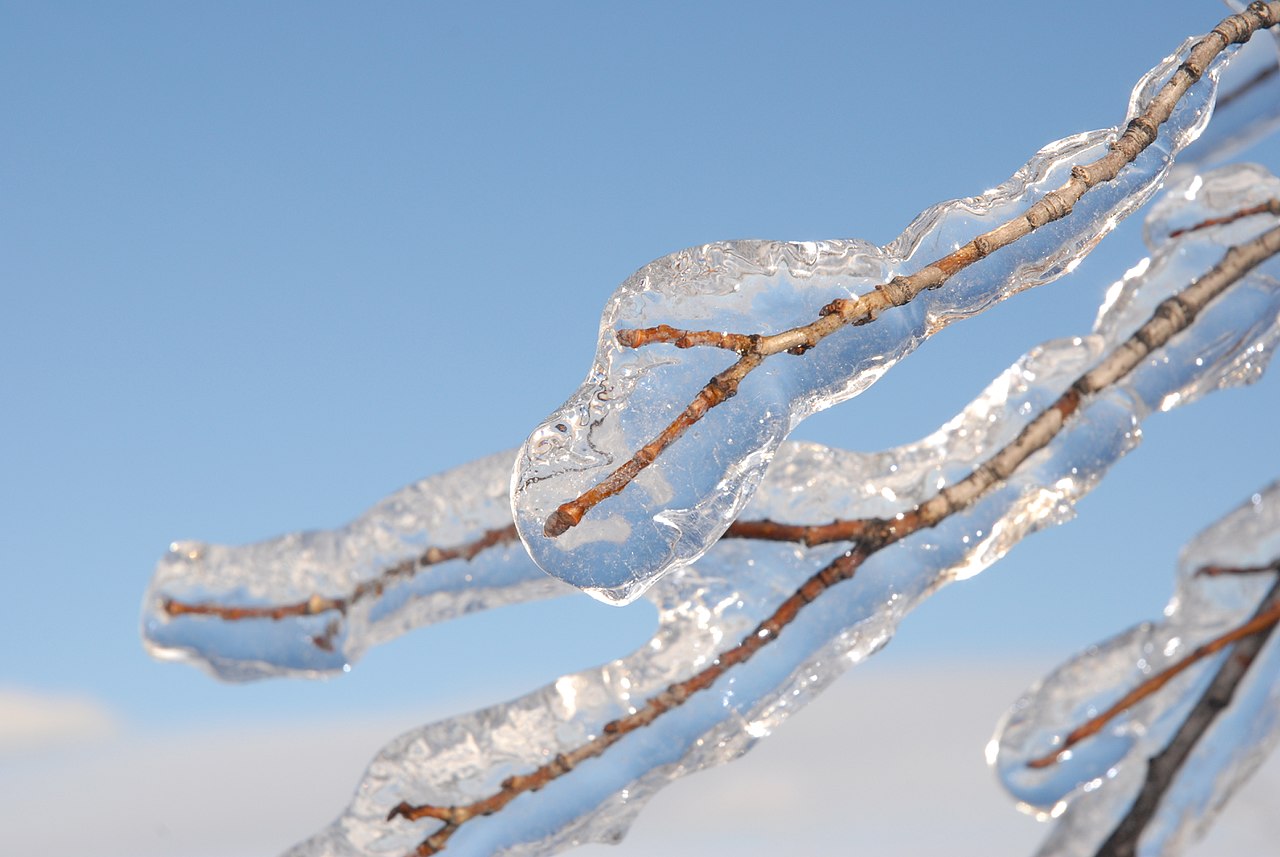Under particular conditions, extreme low-temperature, precipitation, and freezing-weather events can occur over an extensive area to form a combined meteorological disaster. For example, in January 2008, southern China experienced record-breaking long-lasting severe low temperatures, precipitation, and freezing weather with freezing rain.

Since the beginning of the current century, this type of disaster, referred to as extensive cold-precipitation-freezing events (ECPFEs), has occurred more frequently in southern China. Prof. Peng Jingbei from the Institute of Atmospheric Physics (IAP) of the Chinese Academy of Sciences, the first author of a study published in Advances in Atmospheric Sciences, said:
“Although ECPFEs have been investigated for individual cases, an objective definition for them is thus far lacking. It is necessary to comprehensively consider these three elements of temperature, precipitation and freezing weather for an objective definition of ECPFEs.”
Freezing rain is the most hazardous form of freezing weather
Freezing rain, a kind of precipitation where supercooled water droplets freeze immediately after collision with surface objects with temperatures below 0°C, is the most hazardous form of freezing weather. It is known that an inversion layer is the usual vertical temperature profile typical of freezing rain. Prof. Peng said:
“The zonally elongated region to the south of the Yangtze River is a place conducive to warm and wet air gliding up the near-surface cold air with temperatures below 0°C. That is why freezing rains often occurs to the south of the Yangtze River.”
This study reveals that long-term confrontation between stable and extensive cold air from the north and warm and moist air from the south facilitates the concurrence of extensive and persistent low-temperature, precipitation, and freezing weather. Prof. Cholaw Bueh from IAP, corresponding author of the study, said:
“A large-scale tilted ridge and trough pairing over mid- and high-latitude Eurasia to the north and intensified subtropical westerlies along the southern foot of the Tibetan Plateau to the south is crucial for the appearance of an ECPFE.
“These circulation anomalies and their precursory signal are of essential importance for medium- and extended-range forecasting of ECPFEs. In the future, we plan to continue this research with a numerical weather prediction model.”
Provided by: Chinese Academy of Sciences [Note: Materials may be edited for content and length.]







